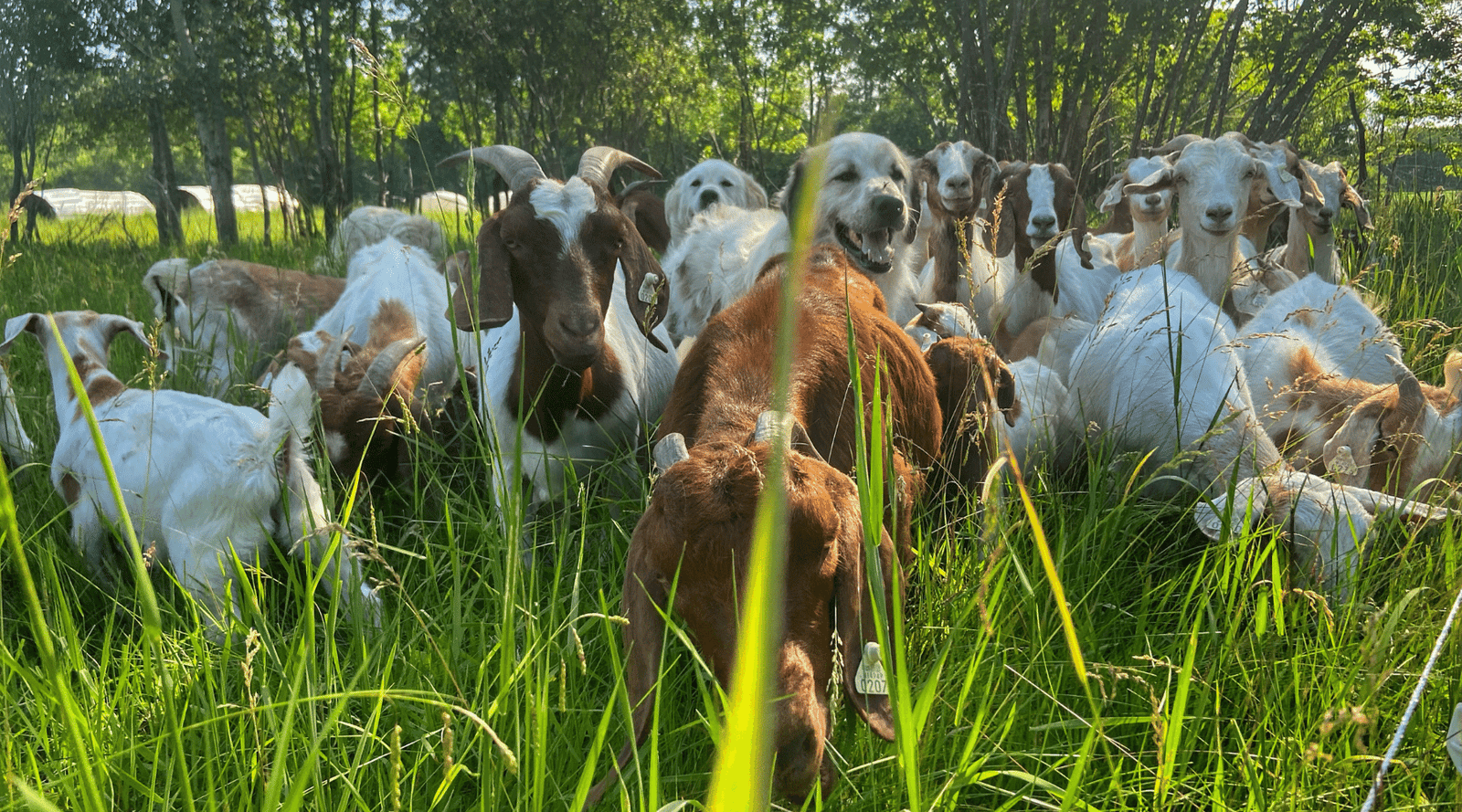Orders ship the second + fourth Mondays/Tuesdays of the month [SEE DATES HERE].
Next shipping dates: Nov. 11, Nov. 18 (SPECIAL DATE), NO Nov. 23 due to the holiday; Dec. 9 (last shipping day of the year) Pick up date: tbd
Orders ship the second + fourth Mondays/Tuesdays of the month [SEE DATES HERE].
Next shipping dates: Nov. 11, Nov. 18 (SPECIAL DATE), NO Nov. 23 due to the holiday; Dec. 9 (last shipping day of the year) Pick up date: tbd

Regenerative Farming Practices
At Cylon Rolling Acres, regenerative agriculture practices, is at the foundation of everything we do on our farm.
Sometimes when we talk about regenerative farming practices, my husband laughs and says what are we doing that’s so special? It’s not that we take what we’re doing lightly, but it’s just always has been at the core of how we farm.
We don’t think of it as the “sustainability” checkbox for the farm. For us, it’s about continuing to improve our land and make it better for not just our farming practices, but the ecosystem above and below the ground (that would be the soil and its microbes).
Regenerative farming practices we're using:
- Rotational grazing using livestock. This is managed grazing, moving our livestock to new paddocks (smaller sections) of our pasture every 2-3 days (vs. continuous grazing of a whole pasture for an extended period). The concept follows the migration and grazing patterns of the bison from long ago.
- Perennial pastures and crops (hay for winter feeding). This approach means most of the time we’re not even doing any type of tillage to disturb the soil. When we do need to plant, we’re using minimal tillage or no-till planting practices. When we want to enhance our pastures, we choose to plant seeds with a no-till drill or by broadcasting (by hand or spreader). This way we’re building on what’s here, versus starting from scratch and disturbing the soil.
- Bale grazing. Feeding round bales of hay strategically on pasture in the winter. This allows us to strategically improve parts of our pasture while we feed our goats hay. After the goats finish a bale, they’re leaving behind the hay residue which adds to the soil organic matter and any seed heads to add to the future plant diversity in the pasture. Additionally, the goats are also helping us fertilize the soil by leaving behind their manure and urine in these areas, essentially giving that area a boost in “resources” to add to the quality of the soil and its overall health.
- Oak savanna restoration. On our farm, we have an oak savanna, which is basically a grove of old-growth oak trees that were part of a pasture at one time with our farm. Since that area has not been in use for many years, it has become overgrown with buckthorn and other invasive species. It’s choking out the growth of the trees and prairie grasses around it. We’re in the process of renovating this area to remove the invasive species and begin to reestablish the grasses. Once complete we will be able to use managed grazing in this area to maintain it, much like the bison and other wildlife did long ago with their migratory grazing. Without animals on the land, even wildlife, these invasives have taken over.
- Other conservation practices
Signs that we're making an impact
- The ecosystem is entwined with our farm. We’re seeing various wildlife, birds, deer, insects, worms, and so on making their homes on our farm, literally in the pastures at times.
- In our pastures, we’re continuing to see diversity in plant species, some that we’ve planted and others that have come on their own from the existing seedbed
- In times of extreme weather, drought, or wetness, our pastures have sustained the extremes for a much longer time I anticipate or see in comparison to other agricultural land in our area.
Measuring the impact
- We’re currently using soil tests to monitor our progression
- Future plans – look for ways to better assess and measure what we’re doing on the farm beyond visually observing and using soil samples
Always striving to be better
We’re always striving to become better stewards of the land through involvement in our local grazing networks, local watershed groups, collaborating with NRCS and county conservation staff, as well as participating in conservation-minded pasture walks, field days, meetings, and conferences.

